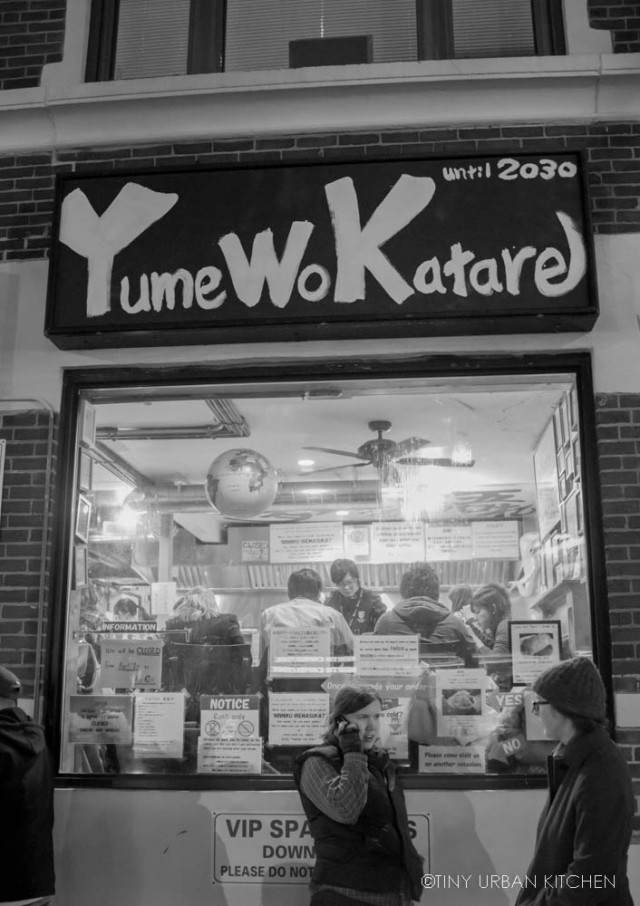
Call me a chicken or call me lame.
Or maybe I'm just not a quite as devoted a ramen fan.
Sure, I'd been curious about Yume Wo Katare even before it opened. Who wouldn't be intrigued by the promise of authentic ramen from Japan, complete with thick, handmade noodles and a rich, flavorful broth?
But then there were the lines. The infamous lines that stretched down the block, especially on weekends. It wan't unusual to wait 2 hours for a bowl of noodles. Of course, from what I heard, the brave souls who waited in these long lines were rewarded with a phenomenal bowl of noodles. Those that were lucky bragged about "only" waiting 20-30 minutes. Those in the know advised going right at 5:00 pm (about an hour before they open).
"Usually they'll open the doors around 5:30 and start letting people in. This way, you only wait 30 minutes."
I live less than a 15 minute walk away from this place, yet I couldn't bring myself to go try it. The uncertainty of potentially having to wait in line for up to two hours most definitely deterred me, big time.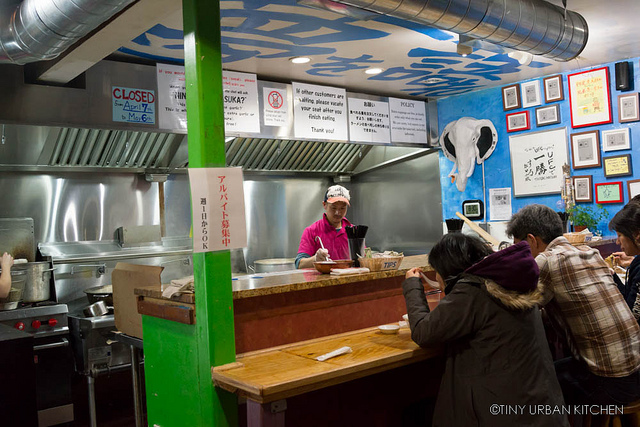
A few nights ago, Bryan informed me that he was going to be late coming back from work. It seemed like the perfect opportunity to try to catch this elusive place at a time when possibly, just possibly the line might be shorter.
We decided to take the chance. It was a reasonably "warm" night out (hey, if it's above freezing here in Boston, we think it's warm), and we were OK going to another backup place in Porter Square if necessary.
Surprisingly, at around 8:30PM, there was no line out the door. Instead, we walked inside, paid for our noodles at the counter, and stood along the wall of the restaurant . . . . waiting. Waiting and watching sixteen other hungry people slurp down their noodles.
Shockingly, within 5 minutes, 4 people finished their noodles and got up to leave.
We couldn't believe it.
We were finally in.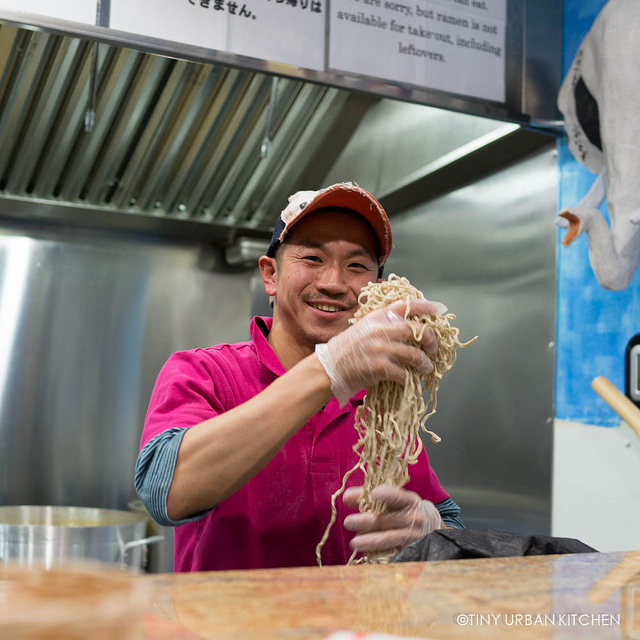
Yume Wo Katare opened in Porter Square (Cambridge) in October of 2012. Chef-owner Tsuyoshi Nishioka has five other ramen restaurants in Japan and decided he wanted to open one up in the US.
It took him awhile to find the perfect location. He tried out a bunch of places, including Hawaii and New York, before settling on Boston. He was searching for a place where there were lots of students - people who didn't have that much money but had huge dreams.
Tell me your Dreams. "Yume" means dreams in Japanese, and "Katare" is tell. 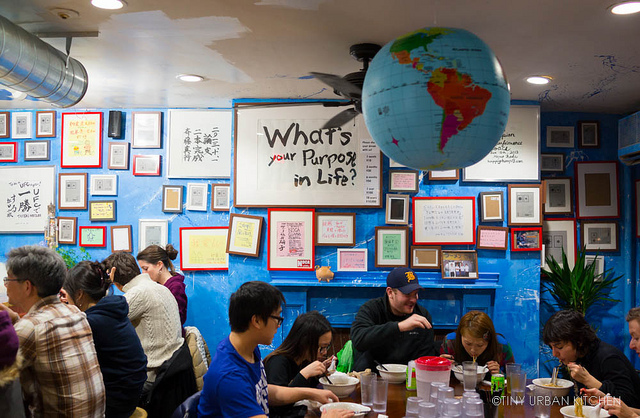
The tiny restaurant is covered with colorful framed signs describing different people's dreams. You can pay $10 to display your dream for a month; $30 for 3 months; all the way up to $10,000 for 10 years (would that guarantee that he would stay open in that location for 10 years? - perhaps "until 2030" like the sign promises?).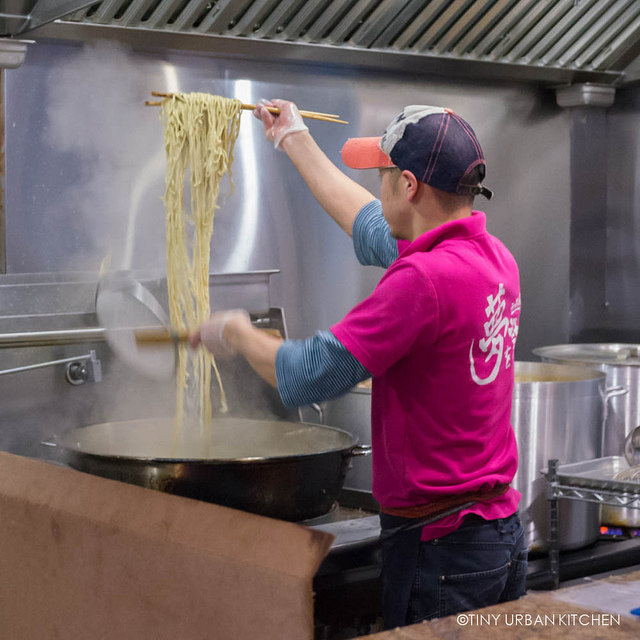
Chef Nishioka is passionate about his ramen. He wakes up early each morning and spends two hours making the noodles by hand.
I asked, "muzukashii desu ka?" (isn't that difficult?)
He smiled and replied (in Japanese), "I have been doing this for ten years. I made ramen for ten years in Japan, so now it is not so difficult."
The pork bone "tonkotsu" broth (not to be confused with the breaded pork cutlet called "tonkatsu") is simmered gently for over 24 hours, never allowed to actually boil. What results is this thick, rich broth full of collagen, pork fat, and tons of flavor. Some liken it to a light gravy almost.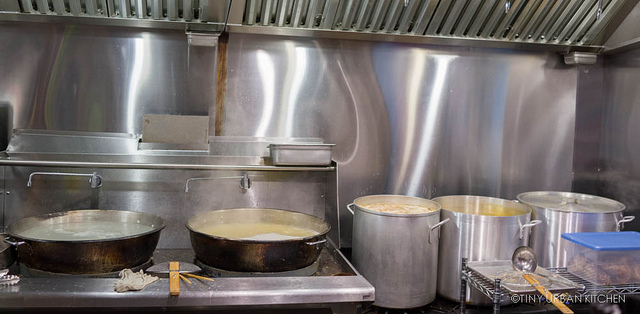
The restaurant specializes in one dish and one dish only: Jiro-style pork ramen. This style of ramen typically comes with thicker noodles (made from higher gluten bread flour), chashu pork and belly, and a thick, fatty pork bone broth. A pile of lightly blanched cabbage and fresh bean sprouts feebly attempts to balance out all that porky richness.
This unusual style of ramen (which some ramen purists refuse to acknowledge as ramen) started in Mita near Keio University at a place called Ramen Jiro. The gargantuan portions of noodles and pork became a hit with students who were looking for delicious, hearty food at a good value.
Especially popular with young college males, it soon became a lauded feat if one could polish off the entire bowl of noodles in its entirety - every single thick slice of fatty pork, the huge pile of dense noodles, the gobs of fresh garlic, and that ultra rich broth. It became a bragging right in and of itself.
Since then it has gained a cult following in Japan, spawning off over 30 other branches across Tokyo alone.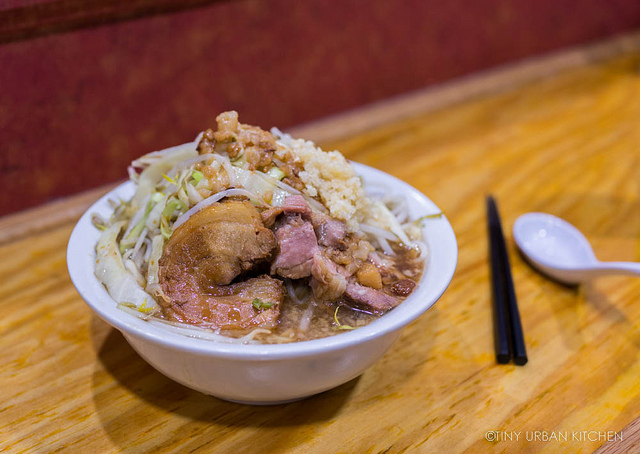 Bryan's bowl with extra vegetables and 5 slices of pork
Bryan's bowl with extra vegetables and 5 slices of pork
At Yume Wo Katare, the choices are simple:
First, do you want 2 slices of pork ($12) or 5 slices of pork ($15)?
Second, right before serving you the noodles, the chef will ask you:
Ninniku iremasuka? (do you want garlic?)
I would highly recommend it, as the pungent, raw garlic really helps cut the rich fattiness of the pork belly and the broth. Some would even argue that it's not true Jiro style ramen without the garlic. It definitely offers the needed balance. Of course, be prepared to smell like garlic the rest of the night, because you get a lot!
Don't worry if you can't remember all this. There is a HUGE sign that explains exactly what the chef will ask you. At the end of the day, you just have to decide whether you want garlic or not.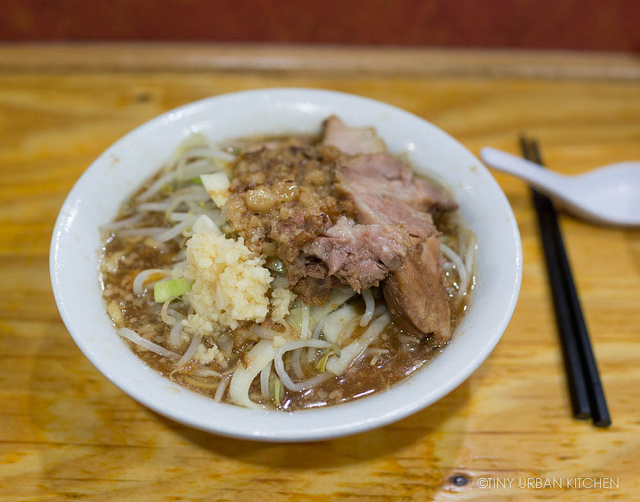
Jen's bowl with 2 slices of pork
If you want to be authentic, you reply with "hai!" (pronounced "hi"). Of course, he understands a tiny bit of English. Bryan was so taken aback by the rapid Japanese that came out of Chef Nishioka's mouth that he just sort of looked confused and said, "I'm sorry, I don't speak . . ."
Chef Nishioka kindly repeated in English, "garlic. do you want garlic?"
You can also ask for extra vegetables, which Bryan did. It means you get a much bigger pile of the blanched cabbage and bean sprouts. Extra pork fat is the last option, but neither of us asked for it, since we already thought the soup had plenty of fat.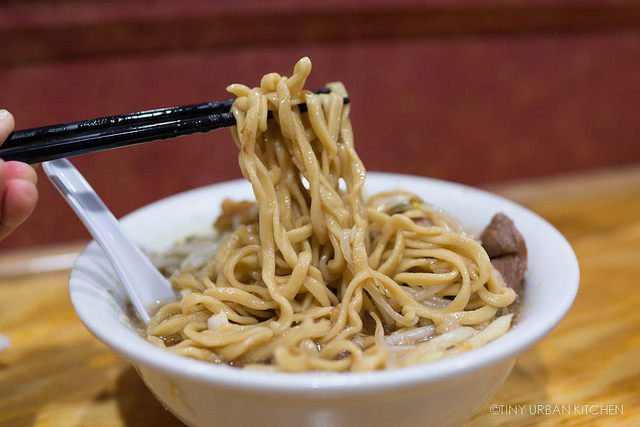
How does it taste?
It's is definitely different from any other ramen you can get in Boston.
The broth is deep, rich, intensely flavorful, and also quite fatty. It's very soul-warming on an icy cold day. I can just imagine how satisfying this bowl of soup would be for someone who has been standing out in the cold for two hours, starving.
The pork belly is lusciously melt-in-your-mouth soft and very flavorful. One of my pieces had less fat (perhaps it was pork shoulder?) and was just a bit tougher than the round slices of pork belly. I guess it depends on which pieces you get. The vegetables are fine - simply blanched, they are probably there more for texture than flavor. This dish is seriously all about the pork.
And the handmade noodles are great. Bryan especially liked that part.
"These are better than the noodles at Ippudo," he said.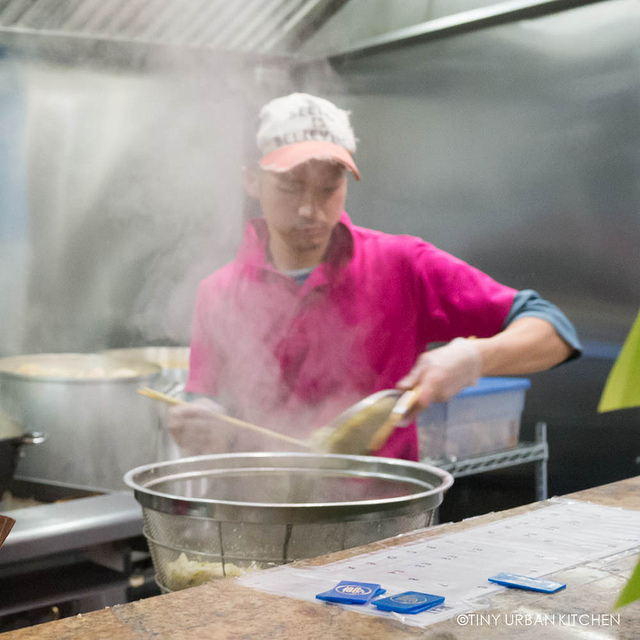
Some may think Chef Nishioka is a ramen nazi of sorts. After all, there are many rules by which you must play if you want to eat here.
First of all, he only speaks Japanese. I almost felt like I was in Japan as I stepped into this little place - everything from the traditional "irasshaimase!" (welcome) that's yelled out right when you enter to the use of various Japanese phrases used throughout (like the garlic one).
Second, the place is cash only and they aren't shy about (gently) kicking you out of your seat if you're done. After all, there's almost always a huge line outside, and they try their best to move things along. We must have hit a lull, because by the time we left around 9PM, the line had started growing again.
Finally, everyone over the age of 12 must order a bowl of noodles - no sharing (even though the portion is huge!). They don't do take-out, and you can't take any leftovers home with you.
This rule was the hardest for me. On the one hand I felt terrible about throwing away so much of his labor-intensive handmade noodles and 24-hour broth. On the other hand, the idea of eating that entire bowl of pork belly, fat, and thick noodles just made me feel a bit sick. I was seriously stuffed even after eating just about half the bowl.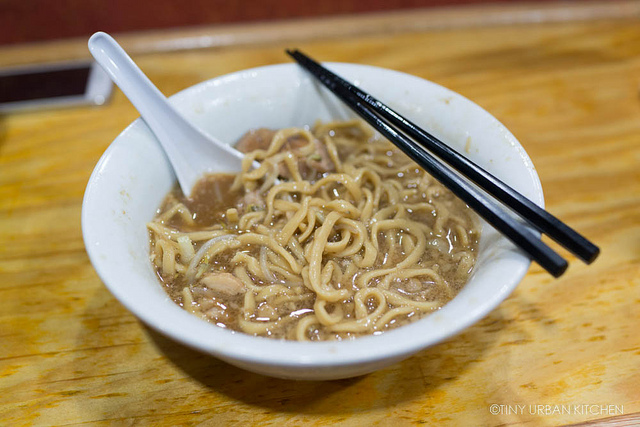
It looks like I didn't even make a dent, but this is what I had to leave behind.
Thankfully, Bryan did eat some of my noodles afterwards. I was seriously impressed with Bryan. Not only did he finish his own entire bowl (which was the bigger one with five pieces of pork), he made a sizable dent in my bowl of noodles.
At Yume Wo Katare, the chef will personally say "good job!" to you if you are able to finish your entire bowl.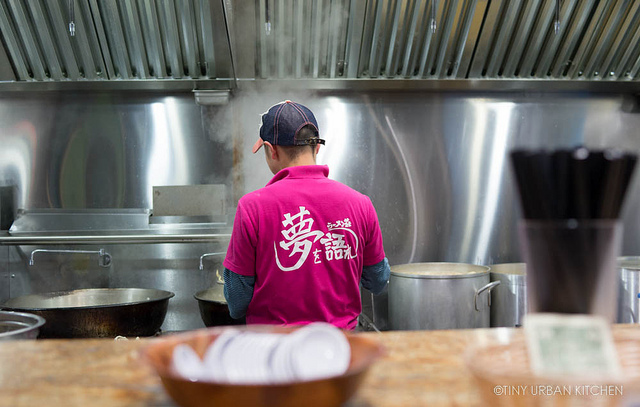
Is it worth the hype?
Wow, that's a hard question.
The dish, as a whole, is very good with excellent execution on all fronts. The ramen broth is richly flavorful and the pork belly is luxuriously soft and tender. It's hard to get handmade noodles in Boston, so we really appreciate the care and dedication that Chef Nishioka puts into making them every morning. They have a decent "Q" to them, though I would still classify them as soft noodles.
This is the type of ramen that's hard to eat on a regular basis. It's just so rich and heavy, you're really kind of wiped out by the time you finish a meal here. Forget about trying to get some work done. Just go straight to bed with your pork-fat induced food coma.
I do love the concept of this place, and I liked being there. It transported me back to Japan, which made me very happy. In my own perfect world, I would be able to order a smaller portion size or take home leftovers. I wouldn't mind a wider variety of vegetables, and Bryan was sort of wishing for some hot sauce.
Of course, these are matters of preference, and it's more of a reflection of our personal opinions on Jiro-style ramen than on Chef Nishioka himself. Personally, I think Chef Nishioka is doing a fantastic job, something that is clearly, clearly evidenced by the popularity of this place.
Chef Nishioka will be going back to Japan for about a month (between April 7 and May 6th), during which time Yume Wo Katare will be closed. Update! He has postponed his trip. So you can still go get noodles!
If you want to get a taste of that ramen, I'd suggest trying to go in the next month or so when the colder weather is still a bit of a deterrent for some. Otherwise, if you try to come back after May, you may be faced with those scary 90-120 minute waits again.
I love the fact that more and more Japanese places are opening up around Porter.
Seriously, perhaps I'll have to consider buying a 10-year "dream" just so he won't leave the area anytime soon.
Yume Wo Katare
(Porter Square)
1923 Massachusetts Ave
Cambridge, MA
Sources: Ramen Tokyo Rameniac NYTimes CNN
All Rights Reserved

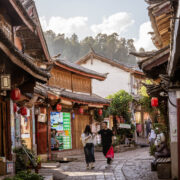
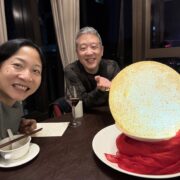
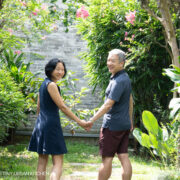
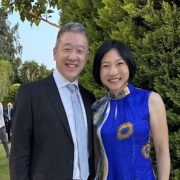

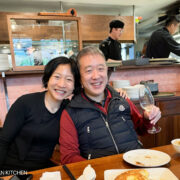
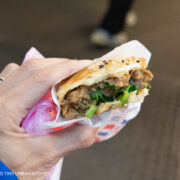
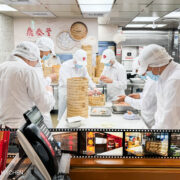
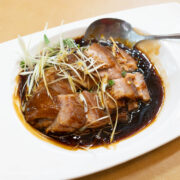
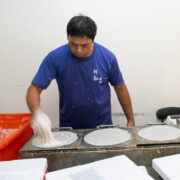
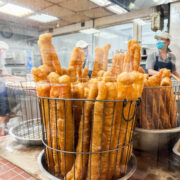
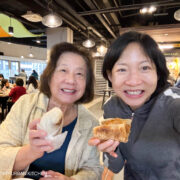

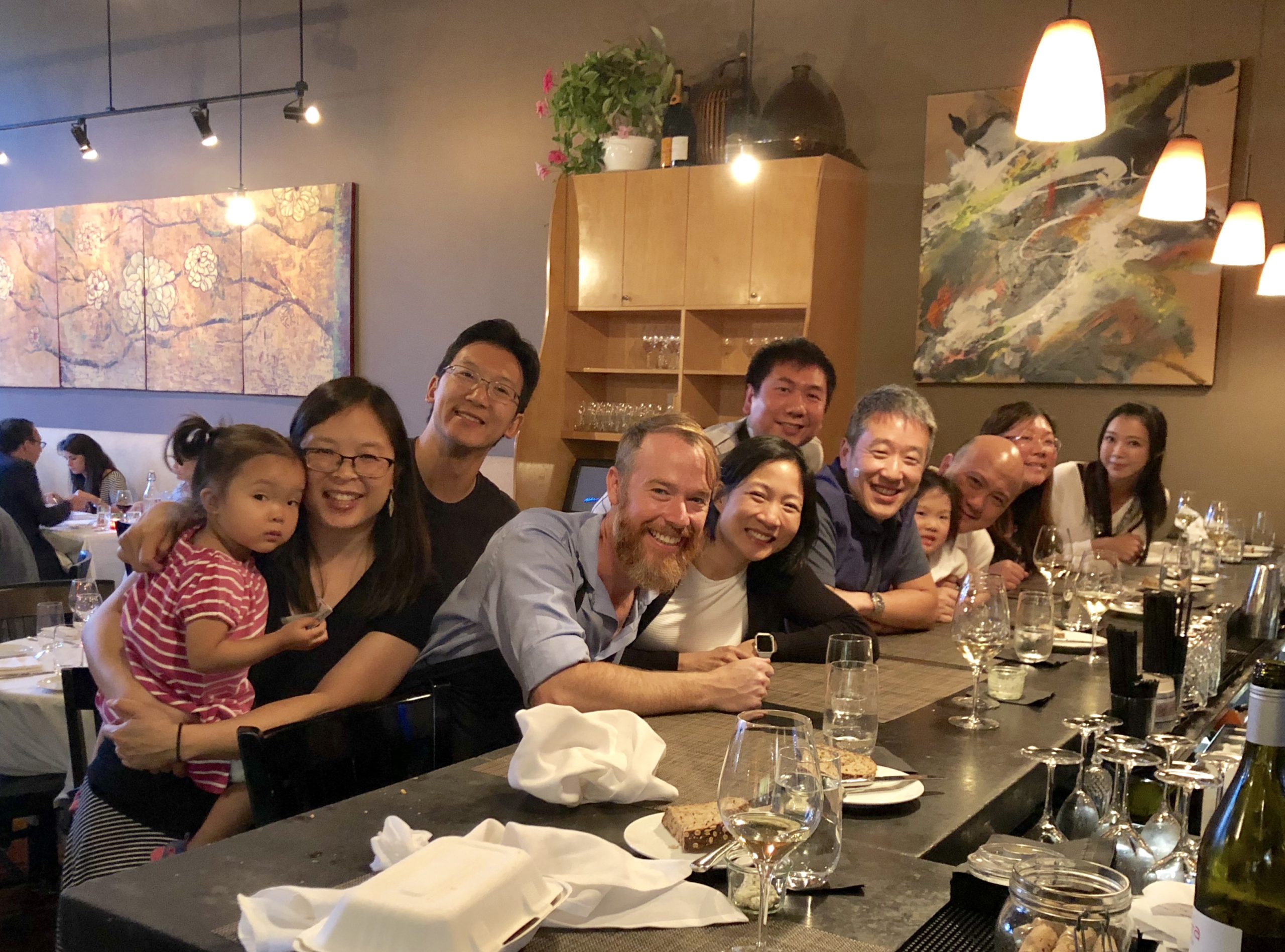
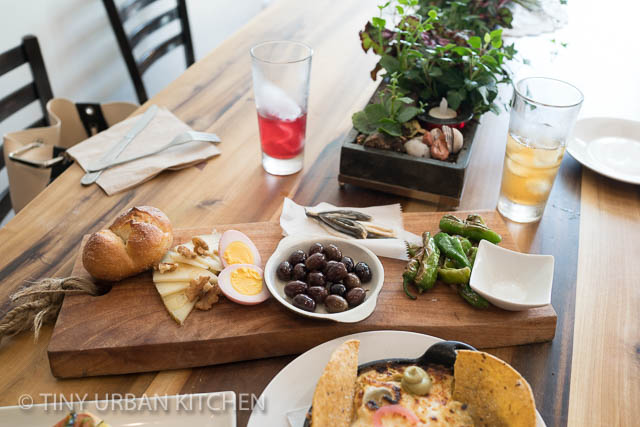
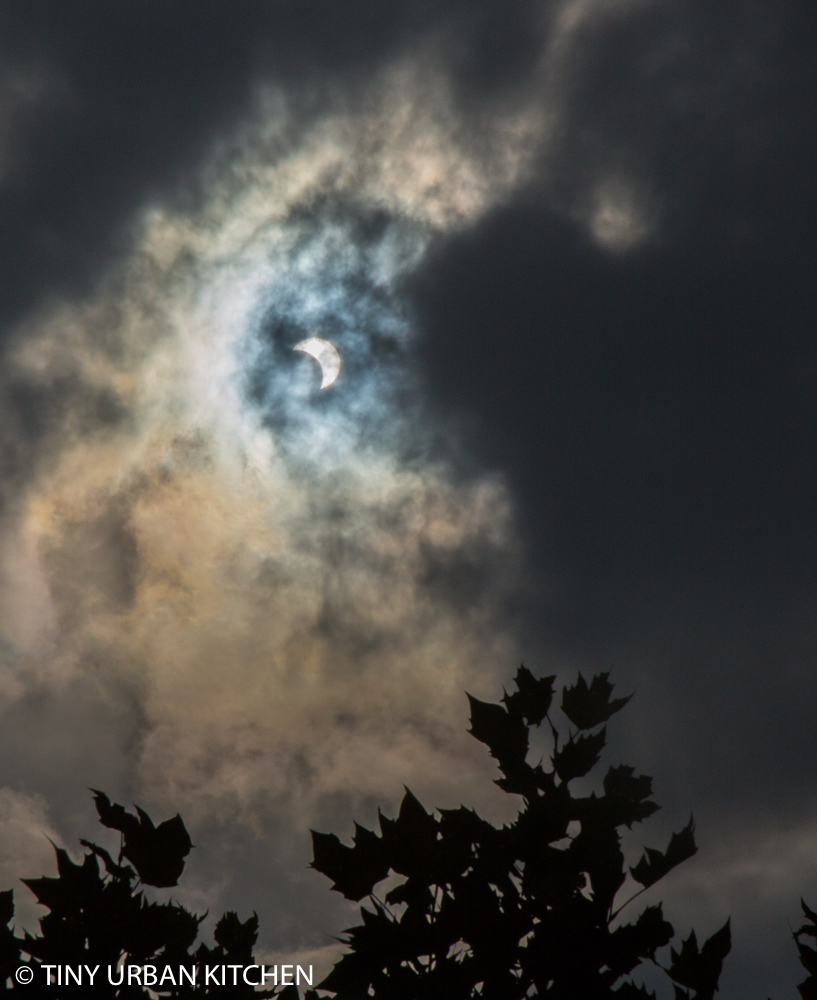
[…] cuisine, not just sushi! Thankfully, it’s already starting, with a handful of different regional ramen restaurants, an authentic yakitori restaurant that stayed open for quite some time (RIP […]